Filter by
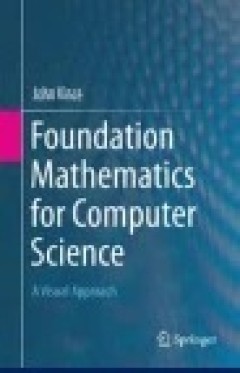
Foundation Mathematics for Computer Science
John Vince describes a range of mathematical topics to provide a foundation for an undergraduate course in computer science, starting with a review of number systems and their relevance to digital computers, and finishing with differential and integral calculus. Readers will find that the author's visual approach will greatly improve their understanding as to why certain mathematical structures…
- Edition
- -
- ISBN/ISSN
- 978-3-319-21437-5
- Collation
- XVII, 334 pages
- Series Title
- -
- Call Number
- -
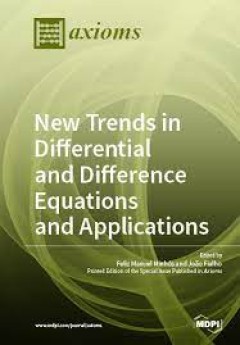
New Trends in Differential and Difference Equations and Applications
This Special Issue aims to be a compilation of new results in the areas of differential and difference Equations, covering boundary value problems, systems of differential and difference equations, as well as analytical and numerical methods. The objective is to provide an overview of techniques used in these different areas and to emphasize their applicability to real-life phenomena, by the in…
- Edition
- -
- ISBN/ISSN
- 978-3-03921-539-3
- Collation
- -
- Series Title
- -
- Call Number
- 500
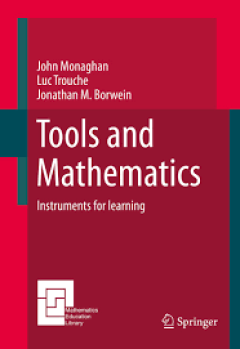
Tools and Mathematics
This book is an exploration of tools and mathematics and issues in mathematics education related to tool use. The book has five parts. The first part reflects on doing a mathematical task with different tools, followed by a mathematician's account of tool use in his work. The second considers prehistory and history: tools in the development from ape to human; tools and mathematics in the ancien…
- Edition
- -
- ISBN/ISSN
- 978-3-319-02396-0
- Collation
- -
- Series Title
- -
- Call Number
- -
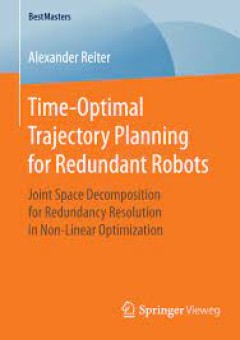
Time-Optimal Trajectory Planning for Redundant Robots Joint Space Decomposit…
This master’s thesis presents a novel approach to finding trajectories with minimal end time for kinematically redundant manipulators. Emphasis is given to a general applicability of the developed method to industrial tasks such as gluing or welding. Minimum-time trajectories may yield economic advantages as a shorter trajectory duration results in a lower task cycle time. Whereas kinematical…
- Edition
- -
- ISBN/ISSN
- 978-3-658-12701-5
- Collation
- -
- Series Title
- -
- Call Number
- -
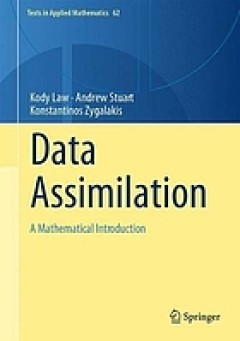
Data assimilation : a mathematical introduction
This book provides a systematic treatment of the mathematical underpinnings of work in data assimilation, covering both theoretical and computational approaches. Specifically the authors develop a unified mathematical framework in which a Bayesian formulation of the problem provides the bedrock for the derivation, development and analysis of algorithms; the many examples used in the text, toget…
- Edition
- -
- ISBN/ISSN
- 9783319203256
- Collation
- xviii, 242 pages
- Series Title
- -
- Call Number
- 511.8

Thomas Jefferson and his Decimals 1775–1810: Neglected Years in the History…
This well-illustrated book, by two established historians of school mathematics, documents Thomas Jefferson’s quest, after 1775, to introduce a form of decimal currency to the fledgling United States of America. The book describes a remarkable study showing how the United States’ decision to adopt a fully decimalized, carefully conceived national currency ultimately had a profound effect on…
- Edition
- -
- ISBN/ISSN
- 978-3-319-02505-6
- Collation
- -
- Series Title
- -
- Call Number
- -
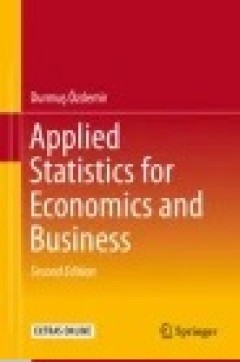
Applied Statistics for Economics and Business
This textbook introduces readers to practical statistical issues by presenting them within the context of real-life economics and business situations. It presents the subject in a non-threatening manner, with an emphasis on concise, easily understandable explanations. It has been designed to be accessible and student-friendly and, as an added learning feature, provides all the relevant data req…
- Edition
- Ed. 1
- ISBN/ISSN
- 978-3-319-26497-4
- Collation
- XXI, 303
- Series Title
- -
- Call Number
- 338.002 OZD a
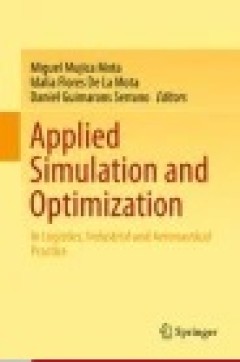
Applied Simulation and Optimization: In Logistics, Industrial and Aeronautica…
Presenting techniques, case-studies and methodologies that combine the use of simulation approaches with optimization techniques for facing problems in manufacturing, logistics, or aeronautical problems, this book provides solutions to common industrial problems in several fields, which range from manufacturing to aviation problems, where the common denominator is the combination of simulation�…
- Edition
- Ed. 1
- ISBN/ISSN
- 978-3-319-15033-8
- Collation
- XV, 319
- Series Title
- -
- Call Number
- 621.39 APP a
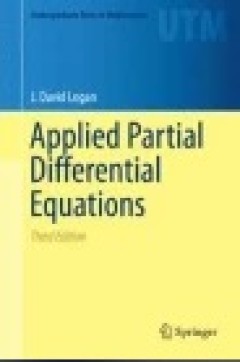
Applied Partial Differential Equations
This textbook is for the standard, one-semester, junior-senior course that often goes by the title "Elementary Partial Differential Equations" or "Boundary Value Problems". The audience consists of students in mathematics, engineering, and the sciences. The topics include derivations of some of the standard models of mathematical physics and methods for solving those equations on unbounded and …
- Edition
- Ed. 1
- ISBN/ISSN
- 978-3-319-12493-3
- Collation
- XI, 289
- Series Title
- Undergraduate Texts in Mathematics
- Call Number
- 515.3 LOG a

Applied Nonautonomous and Random Dynamical Systems: Applied Dynamical Systems
This book offers an introduction to the theory of non-autonomous and stochastic dynamical systems, with a focus on the importance of the theory in the Applied Sciences. It starts by discussing the basic concepts from the theory of autonomous dynamical systems, which are easier to understand and can be used as the motivation for the non-autonomous and stochastic situations. The book subsequently…
- Edition
- Ed. 1
- ISBN/ISSN
- 978-3-319-49247-6
- Collation
- X, 108
- Series Title
- SpringerBriefs in Mathematics
- Call Number
- 515.3 CAR a
 Computer Science, Information & General Works
Computer Science, Information & General Works  Philosophy & Psychology
Philosophy & Psychology  Religion
Religion  Social Sciences
Social Sciences  Language
Language  Pure Science
Pure Science  Applied Sciences
Applied Sciences  Art & Recreation
Art & Recreation  Literature
Literature  History & Geography
History & Geography